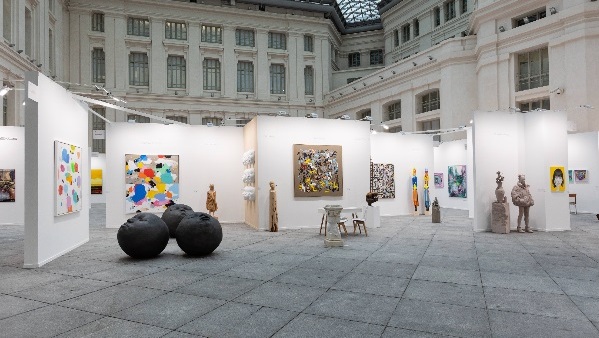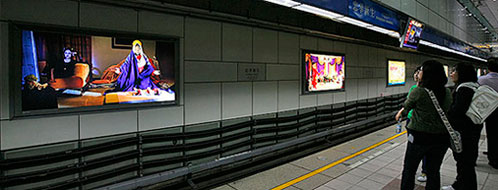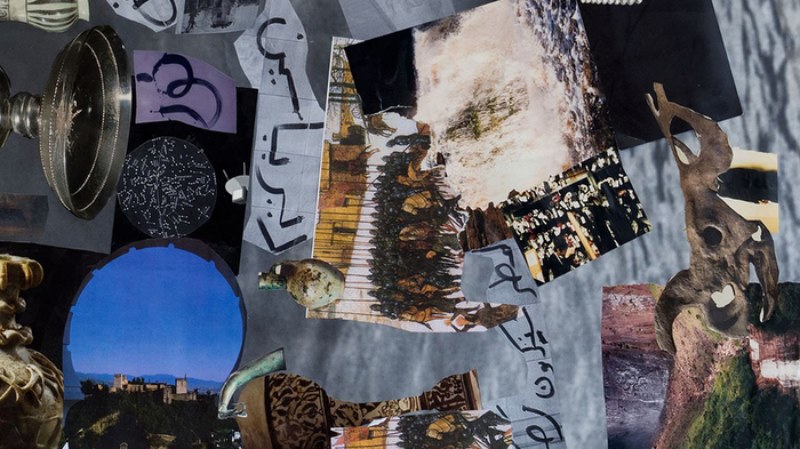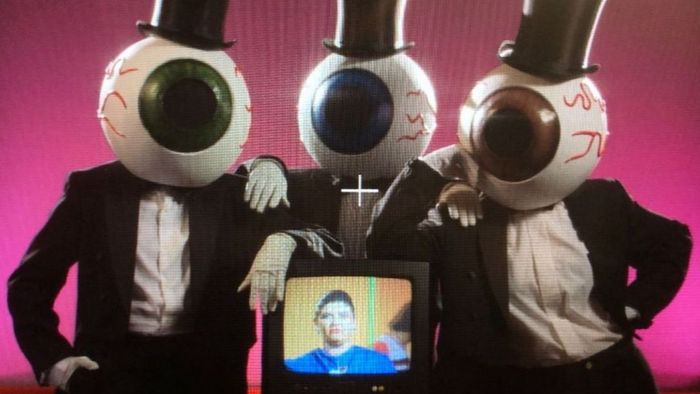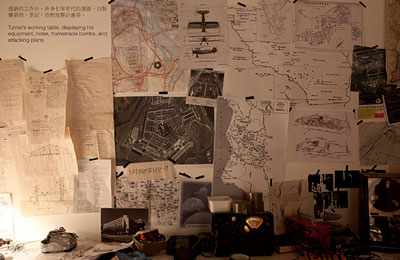
Monstruos modernos / Muerte y vida de la ficcion is the discursive theme of 2012 Taipei Biennial, inaugurated on September 28. The project has been commissioned by Anselm Franke, along with several projects that were specially conceived for this event, and is structured with a series of “mini-museums”, distinctive spaces within the exhibition that represent autonomous proposals, which have been put on the map by several co-curators and establish a dialogue with showcased works.
The Fine Arts Museum of Taipei housed between 1984 and 1991 exhibitions projects such as Tendencias del arte contemporaneo en la Republica de China and Una exposicion de escultura china contemporanea en la Republica de China. In 1992, these two exhibitions made up the Taipei Contemporary Art Biennial, precursor of the present Taipei Biennial. In 1998, after a decade of changes and in an effort to take prevailing biennial trends in and promote Taiwanese contemporary art at international level, the Fine Arts Museum of Taipei began inviting internationally acclaimed curators to cooperate with their Taiwanese colleagues.
This time, the event reviews the relation between historiography and imaginary, and its concept is based on a recent study titled The Monster That is History, by Taiwanese David Der Wei Wang, in which the figure of the monster is treated like a fictional image, like a symptomatic reflection of real and imaginary relations. The Biennial takes as starting point the imagination crisis that ravages global capitalist culture, and explores works of Maria Thereza Alves (Brazil), Adam Avikainen, Jason Dodge, Jimmie Durham and Eric Baudelaire (United States), Ashish Avikunthak (India), Fernando Bryce and Luis Jacob (Peru), Chen Chieh-Jen, Chou Yu-Cheng, Chang Chao-Tang and Yin-Ju Chen (Taiwan), Harun Farocki (Czech Republic), Omer Fast (Israel) and Simon Fujiwara (United Kingdom), among others.
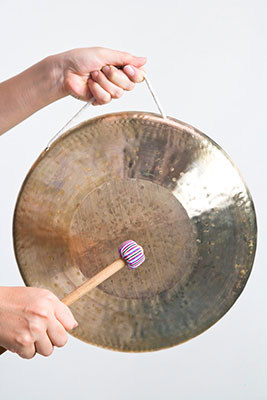 In each mini-museum, the relation between artworks and documents leads to an interrogation of ambiguities when it comes to writing history. They are conceived as models of possible stories and tales that are hidden in the interstices of official reports. Their main objective is to question the relation between present systemic conditions and our position in a historic imaginary.These are some of the projects: The Museum of Rhythm, curated by Natasha Ginwala, with Lawrence Abu Hamdan, Erick Beltran, Juan Downey, Francisco Camacho, Hanne Darboven, Frank G. Gilbreth, Simone Forti, Ken Jacobs, Katarzyna Kobro, Gerhard Rühm, Tomo Savi?-Gecan and Yashas Shetty; The Museum of Ante-Memorials, curated by Eric Baudelaire, with Robert Filliou, Deimantas Narkevi?ius, Peter Watkins; The Museum of Gourd, curated by Chihiro Minato; The Museum of the Infrastructural Unconsciousness, curated by Territorial Agency (John Palmesino and Ann-Sofi Rönnskog in collaboration with Yi-Jen Chen) and The Museum of Crossings, curated by Hongjohn Lin and Anselm Franke; among others.
In each mini-museum, the relation between artworks and documents leads to an interrogation of ambiguities when it comes to writing history. They are conceived as models of possible stories and tales that are hidden in the interstices of official reports. Their main objective is to question the relation between present systemic conditions and our position in a historic imaginary.These are some of the projects: The Museum of Rhythm, curated by Natasha Ginwala, with Lawrence Abu Hamdan, Erick Beltran, Juan Downey, Francisco Camacho, Hanne Darboven, Frank G. Gilbreth, Simone Forti, Ken Jacobs, Katarzyna Kobro, Gerhard Rühm, Tomo Savi?-Gecan and Yashas Shetty; The Museum of Ante-Memorials, curated by Eric Baudelaire, with Robert Filliou, Deimantas Narkevi?ius, Peter Watkins; The Museum of Gourd, curated by Chihiro Minato; The Museum of the Infrastructural Unconsciousness, curated by Territorial Agency (John Palmesino and Ann-Sofi Rönnskog in collaboration with Yi-Jen Chen) and The Museum of Crossings, curated by Hongjohn Lin and Anselm Franke; among others.
The Biennial is going to be open to viewers through January 13, 2013.
Taipei Fine Arts Museum
181 ZhongShan North Road
Section 3, ZhongShan District, Taipei 10461, Taiwan
www.taipeibiennial.org
Related Publications
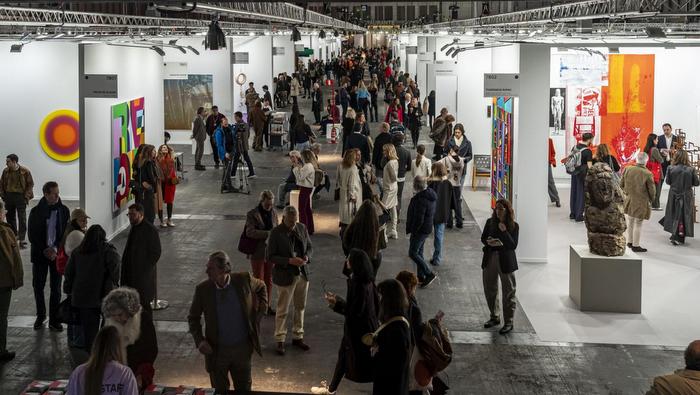
ARCOmadrid announces the participating galleries in its 45th edition
December 19, 2025